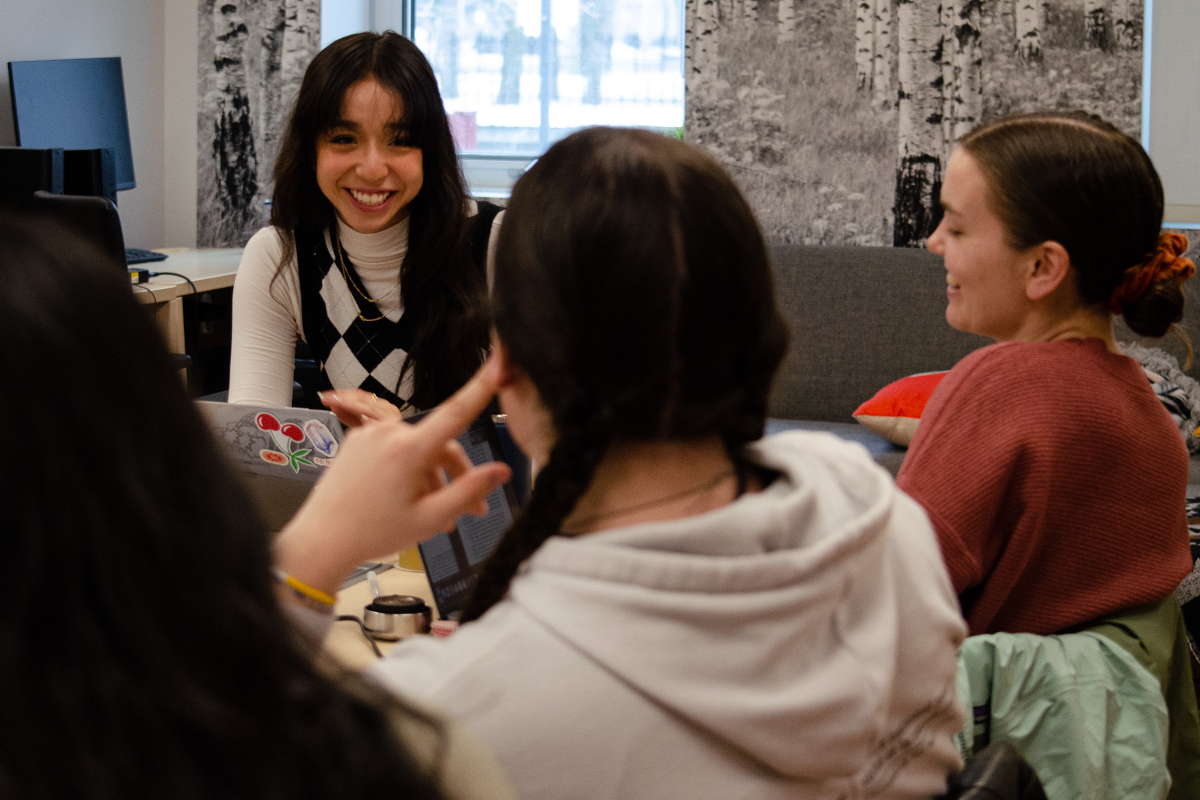Support strong Canadian climate journalism for 2025
The University of Ottawa’s new community space aims to offer Indigenous students more support when they move to the city this fall.
One floor of an existing residence at the school will be turned into the Nidjìnawendàganag Living and Learning Community, offering Indigenous students a place to live, community events and access to knowledge keepers and elders. Funding from the university’s alumni association will give residents financial support and support cultural programming for students.
“It just seems like a fun community space,” said Darren Sutherland, Indigenous community engagement officer at the university. Sutherland, a member of Fort Albany First Nation, said when he moved to Ottawa, he made friends and found community at the university’s Indigenous Resources Centre.
“I got to make a lot of great friendships with people from all over the country,” Sutherland said, adding he hopes the community space will bring new students a similar experience. “I'm not promising friendships. I can't promise anyone that. But we can at least provide learning opportunities.”
The space’s name, Nidjìnawendàganag, comes from an Anishinaabe word that means “all my relations.” When it opens, the community will provide living arrangements and financial support for 26 First Nations, Métis and Inuit students.
The university’s alumni association has granted the project $500,000 over five years to support Indigenous students. The funds will offer students up to $9,000 each to cover up to 65 per cent of the cost of living in residence and the school’s meal plan.
Sutherland said the tuition and food assistance will help alleviate some of the challenges students face when they move to another city.
“By eliminating some of the stressors, we hope that it supports students and improves their learning outcomes and they feel safe and happy to be around other Indigenous learners," he said.
The alumni association will also put $10,000 per year towards cultural activities within the community. The community has spaces for cultural events, like the university’s Indigenous Resource Centre. Sutherland said the community space will also host visiting elders and knowledge keepers to offer Indigenous students guidance.
“I think it’s an exciting opportunity,” he said. “Not only will they have their own space, but there will be opportunities to learn about their own nations or other nations.”
The Nidjìnawendàganag Living and Learning Community will open in the fall.
Isaac Phan Nay / Canada’s National Observer / Local Journalism Initiative






Comments
I applaud Ottawa University's Innovative Indigenous support measure and hope that more Canadian universities follow suit.
At one time we all thought that ending segregation, and assimilation practices would solve our internal continuation of bigotry hostilities. I am no longer sure that is a useful paradigm going forward. Even as laws and policies to remediate the ongoing social and political discriminations in North America against our indigenous and persons of colour were enacted, this has only seemed to exacerbate the fear, resentment and bigotry of the privileged white settler/ex-slave owning) populations.
There may well be more value in promoting institutions like the Historically Black Collages (in the US) and enabling protective indigenous institutions in Canada like native run schools, hospitals, and justice systems. There is also real attitude change visible in the move in both countries to entrust wild land stewardship to native communities and nascent institutions. This time, perhaps we might achieve the separate but EQUAL balance we were never able to achieve because of white privilege, greed, and self serving refusal to "respect" our minorities.
Of course, this all depends on our governments not betraying these modern iterations of historical treaties, or civil rights laws.